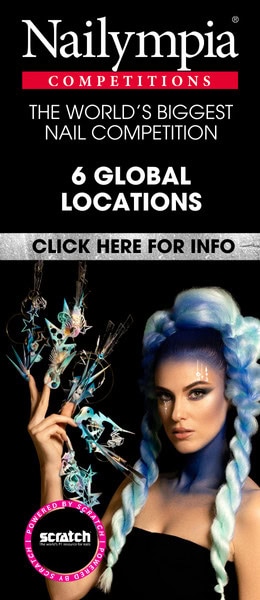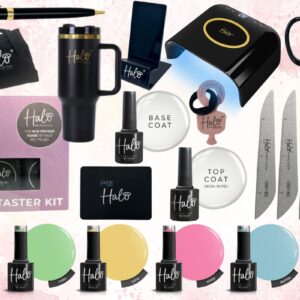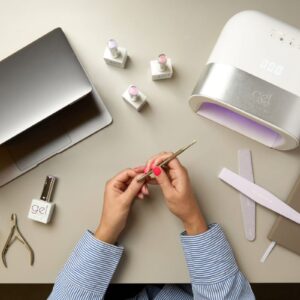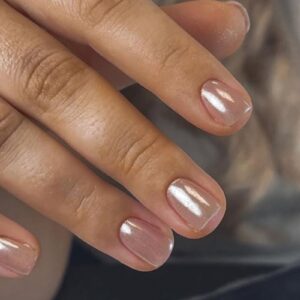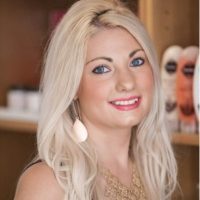
What is the cuticle & how much can be safely removed in a manicure?
By Katie Barnes | 06 June 2023 | Feature, Technique
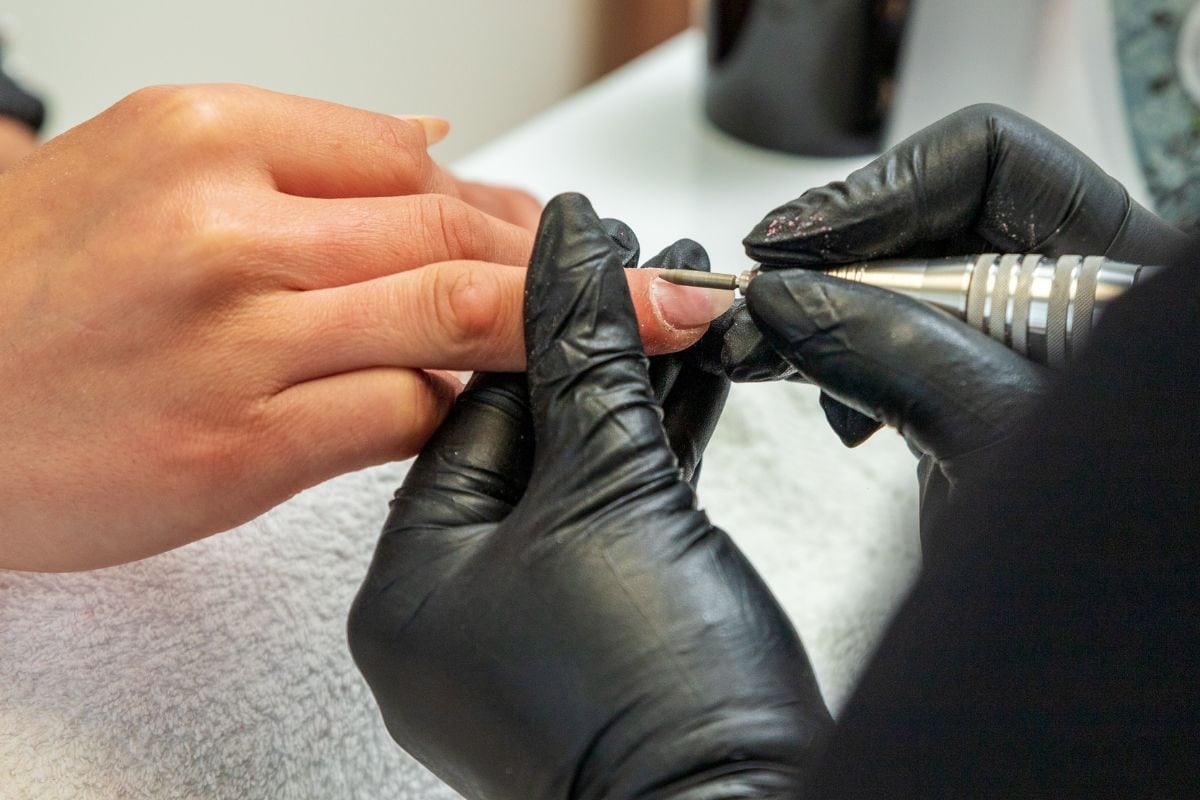
Possibly one of the most debated and controversial topics in the industry, following allergies right now, is the cuticle. What is it, what is living and non-living, and what and how much can safely be removed?
It can be confusing to know the difference between the terminology you hear including cuticle, proximal nail fold (PNF) and eponychium. especially when they all look similar, particularly to the naked eye. So, I’ve put it under the microscope for you.
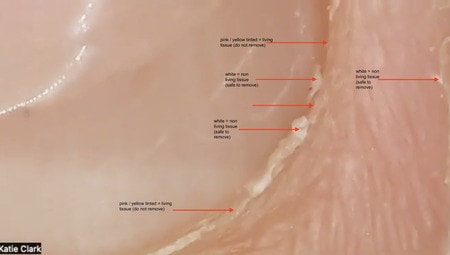
A dermatologist quoted: ‘Everything that is yellow, pink and green (and the bone) is ‘living’’, including the eponychium, which is the yellow tinted jelly strip at the bottom of the nail, the nail folds, the nail bed, located underneath the nail plate, and the matrix. The cuticle and hangnails and any area safe to be removed is displayed as white. This white tissue can display on-top of that yellow tinted jelly strip of the eponychium, which means you can remove the white non-living tissue but must not continue into the yellow tinted jelly strip or any areas that are pink. This is where using precision scissors can be more beneficial than nippers if you use them, as you can target smaller areas and never have your view blocked by the blades.
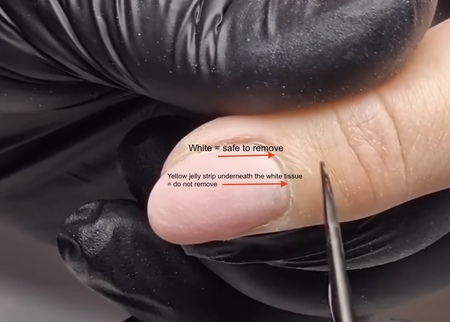
The cuticle is the white, dry flaky residue on the nail plate, hang nails sit on the skin and these are both white. The eponychium is the yellow jelly strip at the bottom of the nail and the nail folds are the skin surrounding and sealing all around the nail. Proximal refers to nearest, so is the fold at the base of the cuticle area, leading into the eponychium. So while terminology can be confusing, as long as you follow these rules, the terminology itself isn’t important.
The cuticle as per images, and nail plate, are ‘dead’, i.e. made of keratin, and are safe for you to carefully remove. This can be with precision scissors, or by gently sloughing the hangnails and dry skin away with an e-file bit.
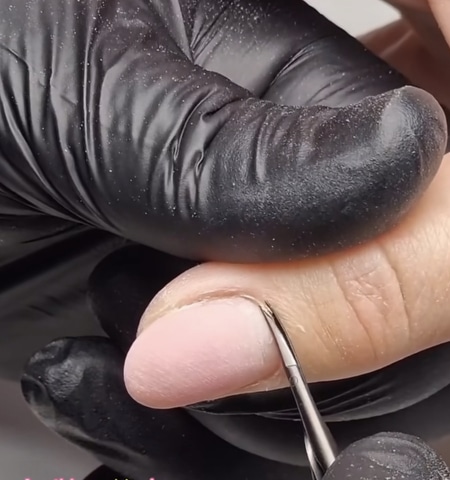
Under the microscope, it allows you to see the difference between the white and yellow areas and what should and should not be removed. If you want to see more of this when working without the need for a microscope, you can invest in magnifying glasses.
Love Katie B x

Read the latest issue



